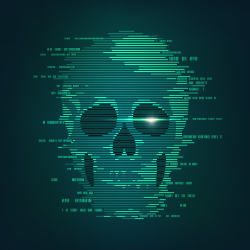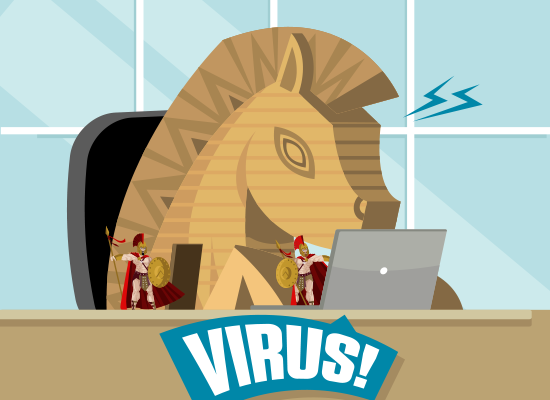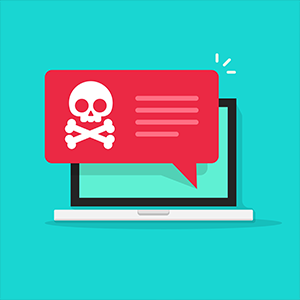How To Detect Ransomware?
Updated on October 21, 2022, by Xcitium
How To Detect Ransomware In recent years, ransomware attacks have increased to a large extent. Now ransomware is one of the most widespread cyber attacks in the world- disrupting businesses of all sizes and blocking individual users from accessing their computers how do you identify which ransomware you have?

Detect Ransomware: What is Ransomware?
Ransomware is a type of malware that once executed on a host computer, prevents the user from using the computer or the data stored in it – demanding ransomware attacks detect (a sum of money) for restoring the computer how to detect ransomware.
The three major mechanisms by which ransomware hinders computer operation are:
By blocking access to the victim’s computer, this form of ransomware is known as ‘Locker ransomware.’
By making user data unusable or indecipherable using encryption algorithms. This type of ransomware is known as ‘Crypto ransomware.’
Another mechanism combines both the Locker and Crypto ransomware- blocking the victim from utilizing their computer while their information is being encrypted detecting ransomware on a network.
Between these two types of ransomware, Crypto ransomware is the most destructive one since it uses strong encryption algorithms. It is often impossible to decrypt (restore) the Crypto ransomware-infected computer and files without paying the ransom.
Unlike the Crypto ransomware, computers infected with the Locker ransomware attacks detect can be restored with some technical know-how. Due to this, cybercriminals are using Crypto ransomware instead of Locker ransomware attacks detect.
Ransomware attacks capitalize on the fear factor of the victims. In most cases of ransomware attacks, the victim’s computer gets infected through phishing emails or direct downloads. Once gaining control of the victim’s computer, the attacker (creator of ransomware) uses scare tactics for extorting money from the victim.
Detect Ransomware: Ransomware- Detection and Mechanisms
The most common mechanisms used by security products to detect ransomware are:
Static or Signature-based Analysis
Dynamic or Behavioural-based Analysis
#Static or Signature-based Analysis
Within the static-based analysis, an unknown application’s (potential ransomware attacks detect) code is analyzed before its execution. This is often to determine if it is capable of any malicious exercises. If there’s a presence of ransomware attacks detect malicious code, the unknown application will be stopped from executing or launching.
In this signature analysis, code string patterns (signatures) of the unknown application are extracted and compared ransomware attacks detection to a repository of known malicious code patterns.
This type of ransomware detection relies on an enormous repository of malicious code signatures. If the repository lacks the code string patterns from a new variant of ransomware, then that ransomware can go undetected in the host system.
#Dynamic or Behavioral-based Analysis
In the dynamic-based analysis, ransomware attacks detect involves the live monitoring of system processes. This is to detect processes that are behaving with malicious intent. If any process is found behaving maliciously, it will be flagged as dangerous and terminated ransomware attacks detect.
The key difference between signature-based analysis and behavioral-based analysis is the point at which inference is made ransomware attacks detection. Static analysis infers a threat level from the observed binary file ransomware attacks detection; dynamic behavior, on the other hand, infers a threat level from observed behavior ransomware attacks detection.
The best way to ransomware attacks detect is to use a reputed antivirus program such as XcitiumAntivirus. Xcitium Antivirus allows you to run any unknown applications with zero risks of infection ransomware attacks. So, if you have susceptible data, Xcitium antivirus will safeguard your data.
For an organization’s ransomware attack detection, Xcitium Advanced Endpoint Protection (AEP) would be ideal. Xcitium AEP offers all-around protection across devices and OS platforms for ransomware attack detection.
With a built-in containment engine and ‘Default Deny’ platform, Xcitium AEP provides 360-degree protection against any malware threat, including malware attacks.
Xcitium AEP includes antimalware, antivirus, firewall, and a Host Intrusion Prevention System (HIPS). It prevents ransomware attacks detection attacks by examining and sandboxing suspicious apps and processes ransomware attacks detection.
For more details about Xcitium Advanced Endpoint Protection, contact us at +1 888-256-2608.
Related Sources:







